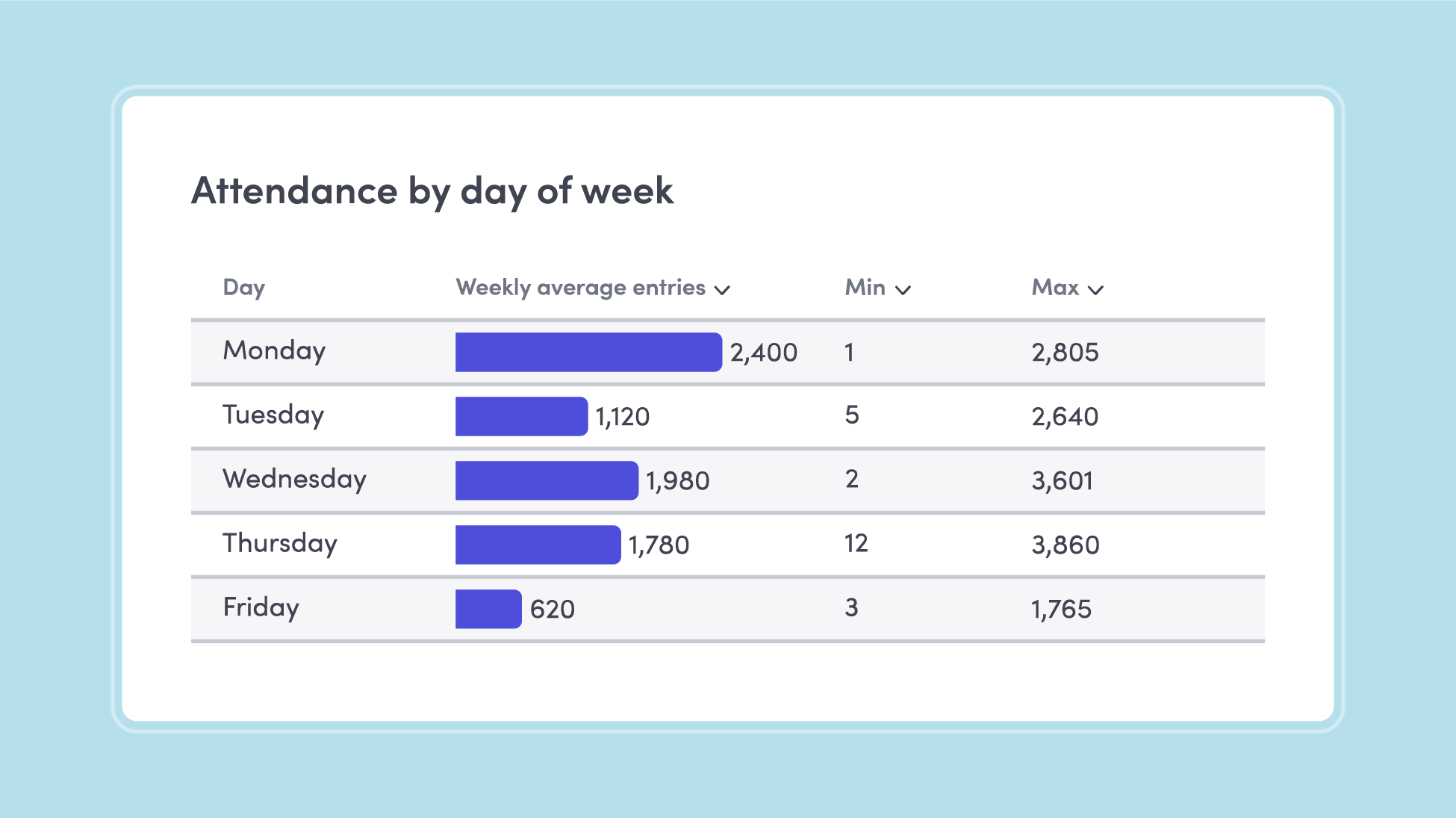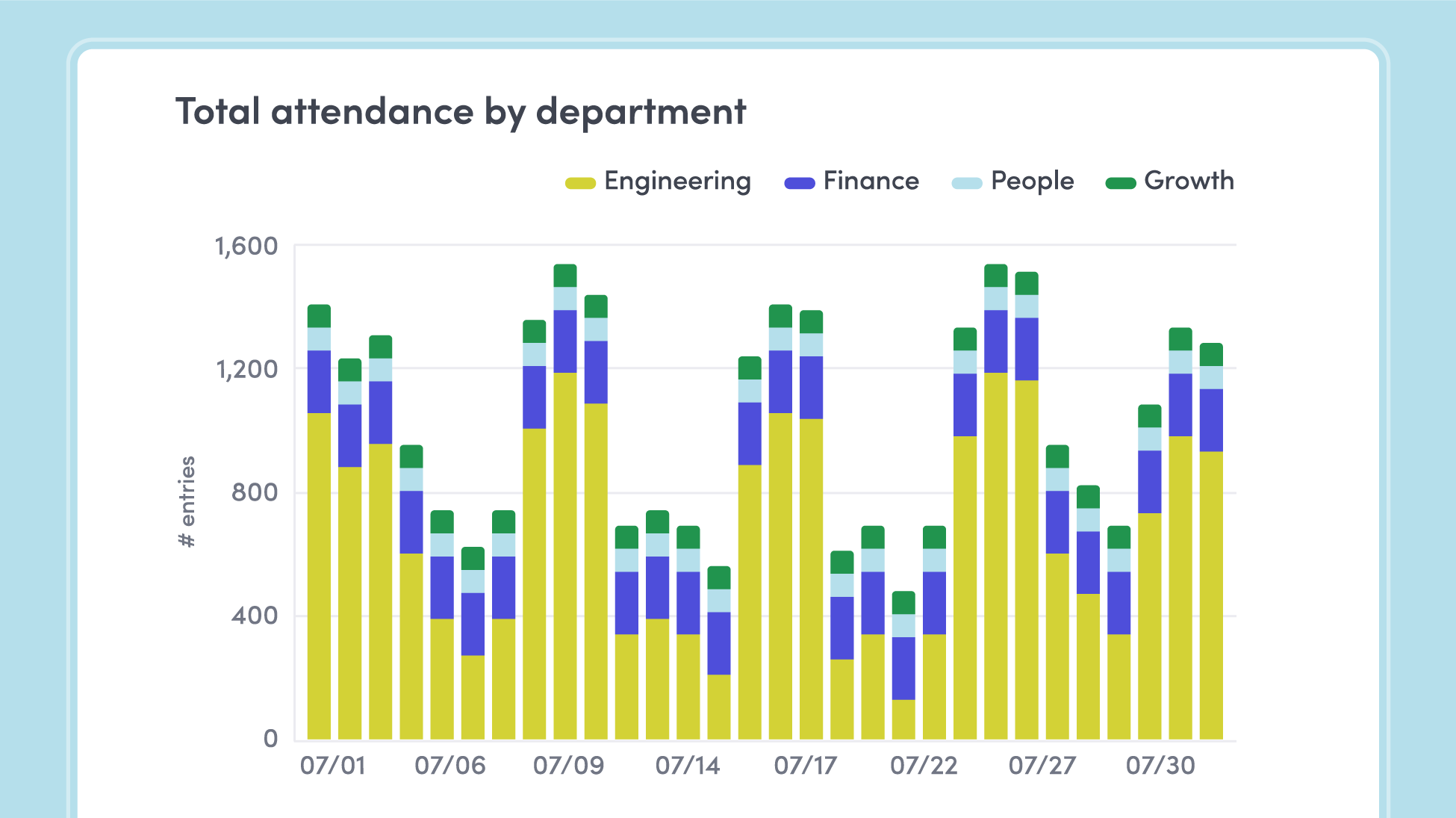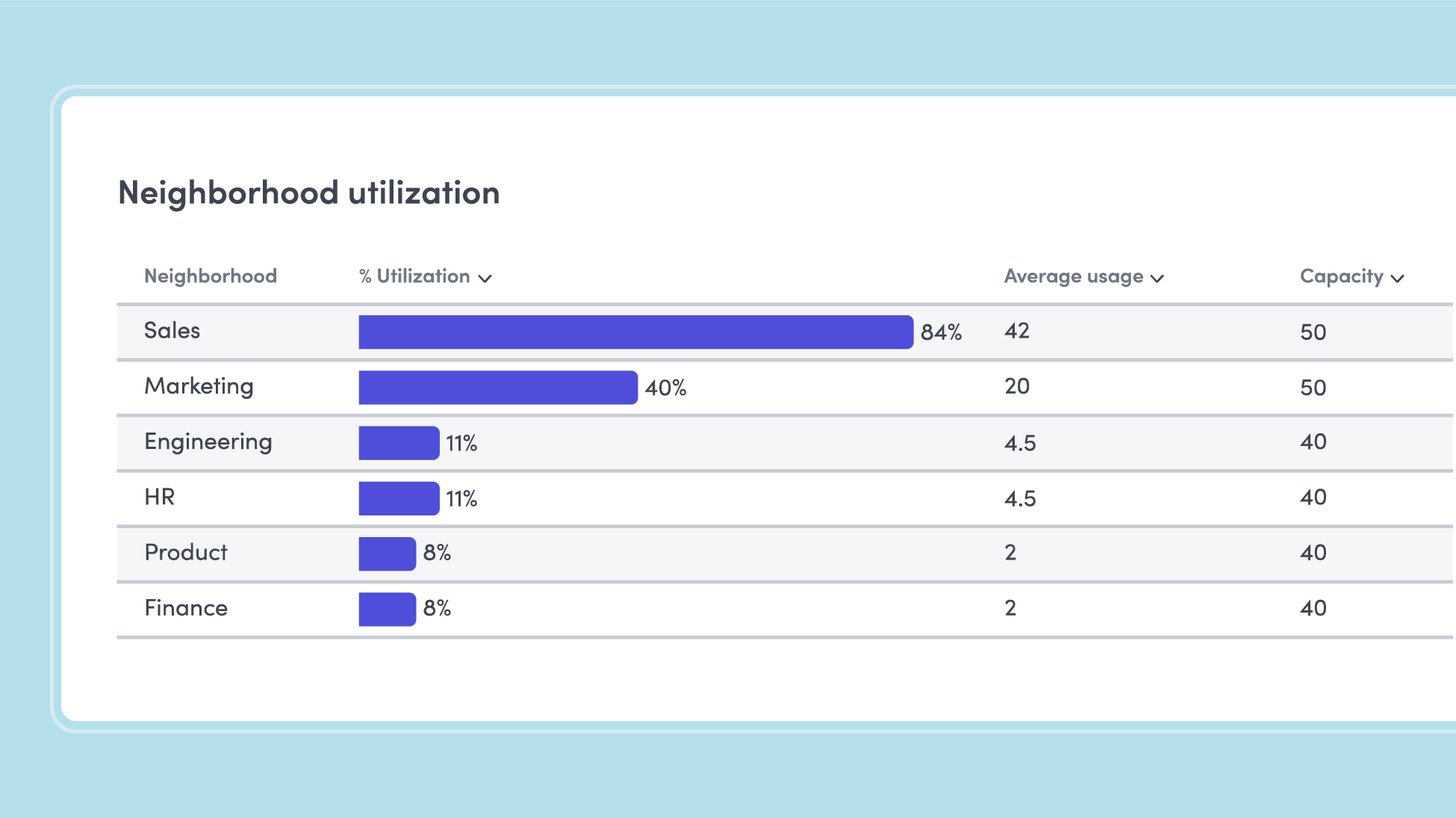In today’s ever-changing economic landscape, harnessing workplace data for facilities and real estate management is not just advantageous—it can be critical for business survival. To achieve accurate data on space usage, it’s crucial that employees actively engage with workplace solutions. However, many companies hinder their ability to gain a holistic picture by using siloed tools or bolted-on solutions. The result? Flawed data that makes it impossible to obtain a comprehensive understanding of building and workplace operations. In fact, a recent survey of executives and workplace leaders reveals that 49% of companies don’t have easy access to accurate workplace data to make smart real estate investment decisions.As a leader in this domain, you’re responsible for solving the many space challenges your company faces, from addressing changing space needs and managing costs, to meeting regulatory requirements and future-proofing your real estate investments. The good news is, with access to accurate, unified workplace data, you can overcome these hurdles. This post is the first in a three-part series focused on how workplace leaders can leverage data to drive smarter, cost-effective decisions about their space. We’re kicking things off with this first post, showing facilities and real estate leaders four ways they can do just that.
4 benefits of using workplace data
If you’re not familiar with the different types of workplace data, check out the masterclass we created. It’s a quick 101 on the key occupancy and space utilization metrics. In this post, we’ll touch on many of these metrics, but we’ll focus on the different ways you can apply them.
From optimizing space utilization to mitigating real estate risks, each of these benefits will show you how you can leverage data-driven strategies to navigate workplace challenges with confidence.
Benefit #1: Optimizing space usage
Let’s start with how you can use occupancy and space usage data to improve your space utilization. By analyzing historical data, such as data on employee attendance and room booking, in a single dashboard, you can identify space usage patterns across your locations. For example, you can learn which days of the week the workplace is busiest and even pinpoint the exact areas onsite that employees use most or least. These insights enable you to make tactical decisions based on the strategies that are actually driving efficiency—ensuring every square foot of the workplace serves its purpose effectively.

For example, the financial services company GLG leverages historical occupancy data to coordinate the best days for the different teams to come into the office, resulting in more efficient use of their space. “We want to provide our employees with enough space on our busiest days without having to hold on to unused real estate,” says Ronda Stahl, facilities and real estate director at GLG. “Workplace data helps us distribute our employees across different days so we can provide enough space for them to benefit from the buzz of the office without having too many people in at once.”
We want to provide our employees with enough space on our busiest days without having to hold on to unused real estate. Workplace data helps us distribute our employees across different days so we can provide enough space for them to benefit from the buzz of the office without having too many people in at once. – Ronda Stahl, facilities and real estate director at GLG
Maximizing the efficiency of your workspace is crucial in fostering peak productivity and effectiveness among your employees during their time onsite. The true value of your data lies in its accuracy and measurability, which can only be achieved when your employees embrace and utilize your workplace solutions. In our next post of the series, we’ll share essential strategies to ensure the accuracy and actionability of your data so you can augment your onsite experience.

Benefit #2: Predicting future real estate needs
Understanding workplace data trends also enables you to make proactive decisions about your organization’s space requirements. For example, you can analyze historical occupancy data alongside projected growth patterns to anticipate your company’s future space needs and plan accordingly. Staying ahead of the curve ensures you don’t overspend on real estate that your company might quickly outgrow, making you a better financial steward for your organization.

This was the case for one real estate direct at a consumer services company. They analyzed their company’s occupancy data and realized one of their larger office spaces was at or near capacity most days. They had an option to sign a long-term lease for the space but decided against it. Instead, they signed a short-term lease and began to look for a larger space that better met their company’s needs.
Benefit #3: Staying on top of changing space requirements
Real-time attendance and space usage data also enables you to remain agile to your company’s changing space requirements, whether it’s accommodating a growing team or optimizing your floor plan for different work functions. For example, let’s say your company experiences a sudden surge in hiring due to a new project or business expansion. With access to real-time occupancy data, you can identify areas onsite that are underutilized and convert them into functional workspaces to accommodate the growing team. This data-driven approach helps eliminate redundancies, leading to cost savings and a more streamlined workspace. Additionally, you can analyze space utilization patterns to optimize floor plans and ensure that the workspace aligns with the specific needs of different departments or teams.
Benefit #4: Negotiating better lease terms
Occupancy data can also be a powerful ally in negotiating your company’s lease terms, particularly if your company faces rent escalation. With this data, you can research similar properties that meet your space needs but come at a lower cost, and approach your landlord to negotiate more favorable lease terms. In today's unpredictable real estate market, landlords prefer long-term tenant stability because it reduces their administrative efforts and costs associated with finding new tenants.By demonstrating that you're making data-driven decisions to optimize your workspace efficiently, you’re showing a strong commitment to your current space. This commitment makes you a more attractive tenant, which means your property owner is less likely to be willing to lose you to competition. —We’ve shown you how workplace data can help you optimize your space, make informed real estate decisions, predict future space needs, and negotiate favorable lease terms. But we’re just getting started. Stay tuned for our next post, where we show you how access to accurate, unified data can also help you boost employee engagement and drive a better onsite experience.
Read more
Searching for a visitor management solution? Learn what to look out for and how to choose the best tech for your team.
Managing your space well doesn’t have to be difficult. But if you want to be successful, you need the right approach.
A well-run workplace can set your team up for success. Learn why workplace management matters and how to do it right.
Workplace security is critical to the future of your business. Learn why it matters, what threats to watch for, and how to strengthen your workplace security plan.
In this post, we’ll explore what workplace compliance is and how to build a compliance culture for your organization.
With more folks sending personal packages to the workplace, having a sound mailroom management system in place is key.










